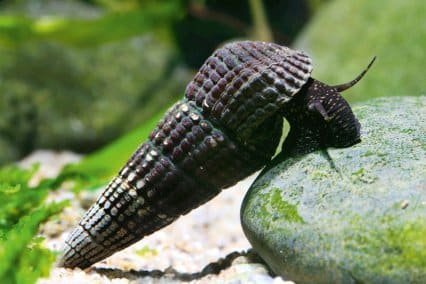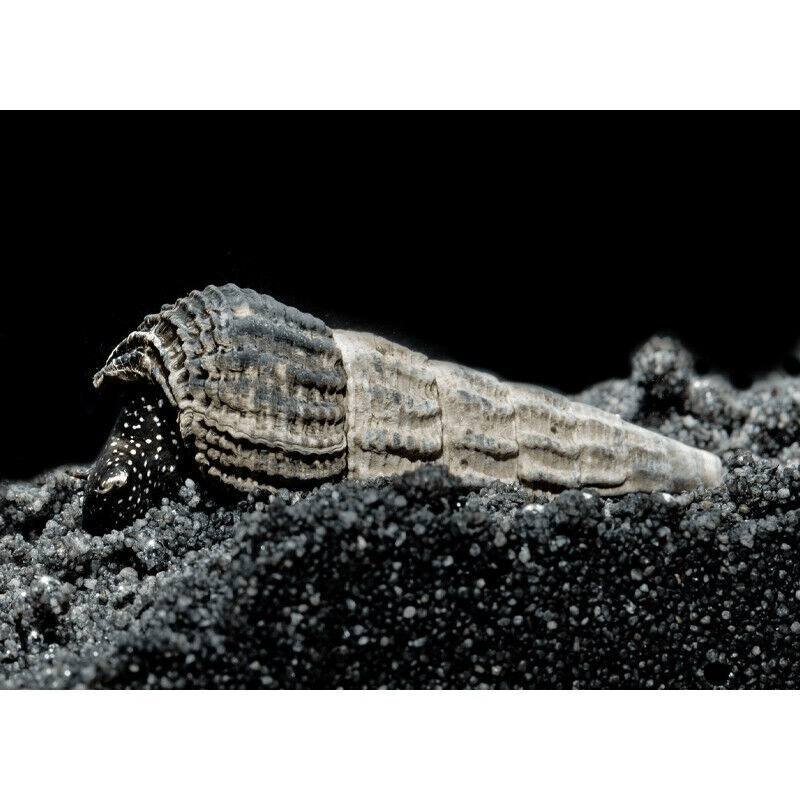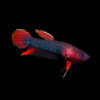To provide the best experiences, we use technologies like cookies to store and/or access device information. Consenting to these technologies will allow us to process data such as browsing behaviour or unique IDs on this site. Not consenting or withdrawing consent, may adversely affect certain features and functions.
The technical storage or access is strictly necessary for the legitimate purpose of enabling the use of a specific service explicitly requested by the subscriber or user, or for the sole purpose of carrying out the transmission of a communication over an electronic communications network.
The technical storage or access is necessary for the legitimate purpose of storing preferences that are not requested by the subscriber or user.
The technical storage or access that is used exclusively for statistical purposes.
The technical storage or access that is used exclusively for anonymous statistical purposes. Without a subpoena, voluntary compliance on the part of your Internet Service Provider, or additional records from a third party, information stored or retrieved for this purpose alone cannot usually be used to identify you.
The technical storage or access is required to create user profiles to send advertising, or to track the user on a website or across several websites for similar marketing purposes.
 6 x Buenos Aires Tetra: A Hardy and Lively Aquarium Classic Scientific Name: Hyphessobrycon anisitsi, Thriving Tropical Fish for Peaceful Community Tanks, Stunning Colors for Your Tank
1 × £10.65
6 x Buenos Aires Tetra: A Hardy and Lively Aquarium Classic Scientific Name: Hyphessobrycon anisitsi, Thriving Tropical Fish for Peaceful Community Tanks, Stunning Colors for Your Tank
1 × £10.65 














Emily Carter (verified owner) –
I recently added the White Spotted Rabbit Snail (Tylomelania Patriarchalis) to my freshwater aquarium, and I couldn’t be more thrilled! After two weeks of watching this beauty, I have to say, it adds such a unique character to my tank. Not only does it have those striking white spots, but it’s also incredibly active and curious. I’ve noticed it helping to keep the substrate clean, munching on leftover food and algae, which is fantastic for maintaining water quality.
Compared to other freshwater snails I’ve kept, this one is just so much more engaging to watch. While I love my Nerite snails, the Rabbit Snail has a personality that really shines. I appreciate that it’s peaceful and won’t disturb my fish, making it perfect for a community tank.
One thing to note is that they do enjoy a good mineral content in the water, so make sure to keep that in check. I recommend this snail for anyone looking to add a bit of life to their aquarium, especially if you’re a fellow caring fish parent like myself. Overall, shipping was prompt, and it arrived healthy and thriving. I would definitely buy again and recommend this gem to others!
Emily Carter (verified owner) –
I recently purchased the White Spotted Rabbit Snail (Tylomelania Patriarchalis) for my planted freshwater tank, and I couldn’t be happier! After keeping these charming freshwater snails for about three weeks, I can confidently say they are a stunning addition. Their unique white spots contrasting with the dark shell give my aquarium a lively visual appeal. Not only are they easy to care for, but they also contribute positively to the tank’s ecosystem by helping to keep algae at bay.
I’ve noticed they are very peaceful and get along well with my other tank inhabitants, which is a huge plus. Compared to other snails I’ve kept before, like Nerites, these Rabbit Snails are far more active and social. They provide a delightful show as they glide around and explore every nook and cranny of my plants.
The only minor issue is that they can be a little shy at first, so give them some time to acclimate to their new environment. I highly recommend these snails to anyone looking to enhance their aquascape with a touch of personality! Trust me, you won’t regret adding these lovely freshwater snails to your aquarium!